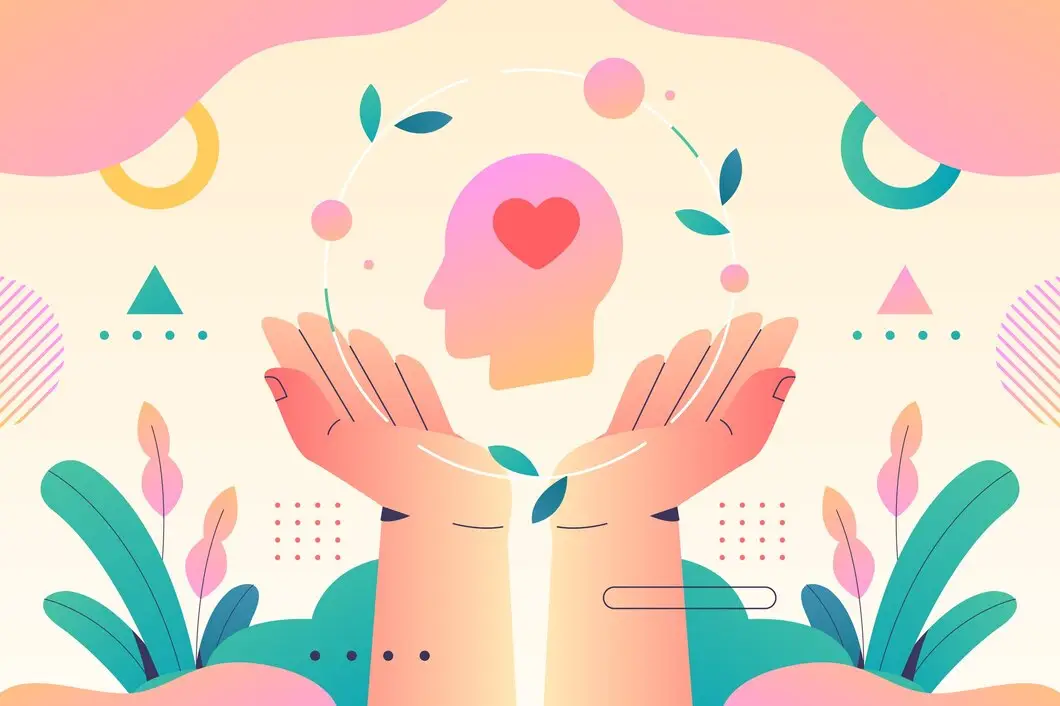Key Facts
- Prevalence: Agoraphobia affects approximately 12% of the global population. In India, it is increasingly recognized but remains underreported due to stigma and lack of awareness.
- Onset: Symptoms often begin in late adolescence or early adulthood, though they can develop earlier or later in life.
- Impact: Agoraphobia can significantly impair daily functioning, affecting social interactions, work performance, and overall quality of life.
- Stigma: Mental health stigma in India can prevent individuals from seeking help and accessing appropriate care.
Overview
Agoraphobia is an anxiety disorder characterized by a strong fear of being in situations from which escape might be difficult or where help may not be available in the event of a panic attack. This tends to make a person avoid open or crowded spaces, public transportation, and other such places where they might feel trapped or vulnerable.
Agoraphobia can be further complicated in the Indian context by social pressures, cultural expectations, and the shortage of mental health resources. Many people may not seek treatment fearing judgment or just because of misunderstanding their condition.
Symptoms and Patterns
Common Symptoms of agoraphobia include:
- Fear of Specific Situations: Anxiety about being in places like crowded markets, public transportation, or open spaces.
- Panic Attacks: Intense episodes of fear accompanied by physical symptoms such as rapid heartbeat, sweating, dizziness, and shortness of breath.
- Avoidance Behavior: Avoiding situations that trigger anxiety, can lead to isolation and reduced daily functioning.
- Anticipatory Anxiety: Constant worry about encountering situations where escape might be difficult or help might not be available.
Risks and Protective Factors
Risks:
- Genetic Predisposition: A family history of anxiety disorders can increase the risk of developing agoraphobia.
- Trauma: Previous traumatic experiences, such as a severe panic attack or significant life stress, can contribute to the development of agoraphobia.
- Coexisting Conditions: Other mental health issues, such as generalized anxiety disorder or depression, can exacerbate symptoms.
Protective Factors:
- Early Intervention: Early diagnosis and treatment can prevent the condition from worsening and improve recovery outcomes.
- Supportive Environment: A strong support system, including understanding family and friends, can help individuals manage their symptoms and encourage treatment.
- Access to Resources: The availability of mental health resources, such as therapy and support groups, can provide effective coping strategies and treatment options.
Treatment and Care
Management of agoraphobia in India involves a combination of medication, therapy, and lifestyle adjustments:
- Integrated Care: Collaborating with healthcare providers, including psychologists, psychiatrists, and general practitioners, is essential for a comprehensive treatment plan.
- Awareness and Education: Increasing awareness about agoraphobia and its treatment options can help reduce stigma and encourage individuals to seek help.
- Community Support: Support groups and community resources can provide emotional support and practical advice for managing symptoms.
Psychological and Psychosocial Interventions
Psychological and psychosocial interventions are critical for the effective management of agoraphobia:
- Cognitive Behavioral Therapy (CBT): CBT, especially exposure therapy, proves highly effective for the treatment of agoraphobia. The person is slowly exposed to feared situations and experiences, while irrational thoughts related to anxiety are challenged.
- Panic Management: Teaching people different coping strategies like deep breathing, relaxation techniques, and other relaxation methods can alleviate panic attacks in general and hence reduce anxiety.
- Mindfulness and Stress Reduction: The practices of mindfulness meditation can help one to stay grounded and reduce anxiety symptoms.
- Support Groups: Joining support groups for people with agoraphobia or anxiety disorders can provide a sense of community and shared experiences, which can be reassuring and motivating.
This could be achieved by integrating culturally sensitive approaches and community-based interventions to enhance treatment effectiveness and make interventions more accessible in diverse settings across India.
Conclusion
Agoraphobia is an abnormal, excessive fear of being in open or crowded places, and it can create severe problems in one’s everyday life. In the context of India, treatment has to be multifaceted: medical, psychological, and social. Building awareness, thereby decreasing the stigma associated with mental disorders, and developing resources will allow a person suffering from agoraphobia to receive the proper care needed to resume living a wholesome life and battle this fear of his or her life.


